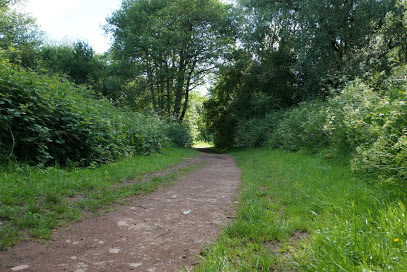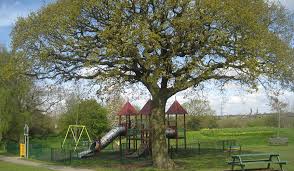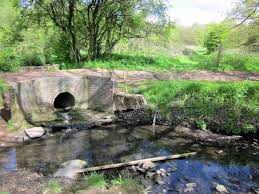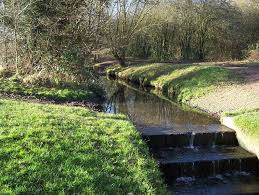Woodgate Valley Country Park is an area of countryside in the centre of Bartley Green and Quinton. There are many mixed, mature hedgerows, meadows, woodland, and small ponds. The Bournbrook runs through the park.
Over 250 species of plants have been found at Woodgate Valley, the damp meadow areas being especially rich and producing wonderful displays of wild flowers in spring and summer. The meadows also attract many kinds of butterflies and over 90 species of birds have been recorded in the park.
The land beneath our feet tells the story of how people just like us once lived. Farming, civil wars, industry and housing have all played their part in shaping its landscape.
For many centuries, Woodgate Valley was a patchwork of farms with the Bourn Brook running through its heart. Arable crops and dairy cattle dominated the landscape and during the winter, waterlogged fields created water meadows. Woodgate became a rich and productive agricultural zone that fed the nearby growing city of Birmingham. The hedgerow along Watery Lane dates back to the 13th century and was once part of a route taking salt from Wales to Lincolnshire. Several farmhouses existed along the valley:
Hole Farm, now the Hole Farm Trekking Centre, was first mentioned in 1344.
The Cart Track, an historic feature close to the Visitor Centre, is about 500 years old and was once the main east to west road for the area.
Wilderness Farm, also known as Moor Farm, stood where the path crosses the valley from Sommerfield Road. It was demolished in the 1960s to make way for the Woodgate Valley housing estate.
Close to the centre of the park on the southern side of the Bourn Brook are the remains of a moat. This moat normally forms a pond in winter and is all that remains of an extensive system that once surrounded wooden farm building and prize arable land in the area. The moat system is of significant archaeological value and was probably built in the 12th and 13th centuries. Differences in vegetation on the ground show where further moats and ditches have been filled in.
Industry has also made its mark on the landscape. As the industrial revolution swept the country the far end of Woodgate Valley (around present-day Barnes Hill and California) became a centre for brick production. Bricks made there were used by the Cadbury family for their Bournville estate, as well as being exported into the city and further afield via the canal network. Kilns and even a coal mine were sunk in the park.
The Dudley Number 2 canal used to run to Selly Oak and join up with the Worcester Birmingham canal, passing directly under the park through the Lapal Tunnel. With no towpath inside, people on the boat would lie on their backs and use their feet to push against the tunnel roof. This process to propel a boat through a tunnel is called "legging" and could take four hours.
Spoil heaps from the construction are still visible - the mound opposite the Visitor centre is one such reminder. The dip in the ground nearby shows how the tunnel has collapsed since it was abandoned in 1926.
Nearby Bartley Reservoir holds all of Birmingham's water. Water is supplied by a 73 mile aqueduct direct from the Elan Valley in mid Wales; the reservoir can hold 500 million gallons. Bromwich Woods and Frankley Beeches are historically important sites that are now rare examples of ancient woodland.
During the 20th century, the continued expansion of Birmingham played the most significant role in shaping the park. Demands on all open spaces led to many people to ask that areas like Woodgate Valley be preserved forever. Modern housing was built all around the edge of the valley, and industrial and business units developed along its southern side. The M5 is one of the major roads in the area.
In 1984 the valley was designated a Country Park by the city council. This secured its future as a valuable green resource for all the surrounding communities. Since then, the park has sought to develop the natural value of the Woodgate landscape through education and active management. Today, this work continues through the Ranger Service.





